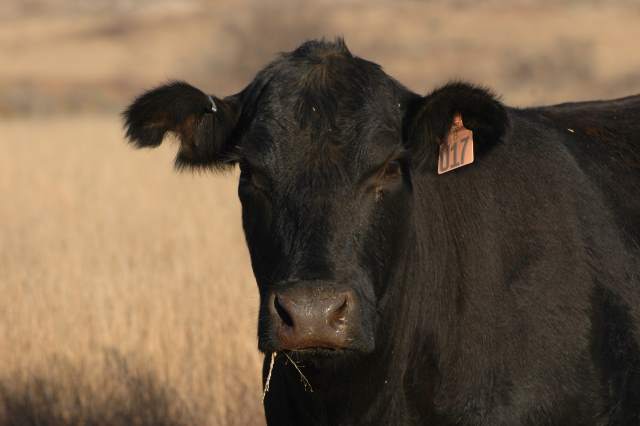The Quality Market In Beef Is Where The Action Is Today
October 15, 2014

I learned a long time ago that when people talk about market trends you had better know their bias. So in the interest of full disclosure I should say I’m an Angus breeder; almost by default that tends to put you in the pro-marbling, pro-quality group.
However, I’ve also been actively involved with several continental breeds, and when I left graduate school I was very much in the acceptable quality, more muscle, higher efficiency camp. With health concerns and cost/competitive meat concerns, I believed the mainstream commodity market was going to be focused on those cattle that graded in the top ½ of Select and the lower 1/3 of Choice. I also felt that the upper 2/3 of Choice and Prime were important markets economically, but they would always constitute a relatively small percentage of the mix.
It is amazing how things change. With tighter numbers of cattle, the dynamics of beef demand have changed. I hate the sound of this, as we are still competing with pork and poultry for the center of the plate, but as beef consumption declined, the shape of our demand curve changed as well.
Thankfully, hamburger is still the king of meats, but once we move beyond that, the majority of beef cuts either require some cooking skills or are relatively expensive. In today’s market, if someone is going to pay for a steak, they expect it to be a good one. Quality has grown in importance.
The greatest testament to this is our grid pricing system. Just over a decade ago, we were still concerned about the percentage of cattle grading Choice and the Choice/Select Spread. While nowhere near irrelevant, today the focus is on spread between the upper 2/3 of Choice and Choice, and the percentages that producers focus on when selling on a value-added grid tend to be on the percentages of cattle hitting the upper 2/3 of Choice and Prime, where the premiums are substantial and economic altering.
Genetics and the seedstock industry have played a big role here. Gone are the days when one had to choose between growth and marbling, efficiency and marbling, muscling and marbling, or even maternal strength and marbling. The genetic trend for marbling within the industry has been dramatic and, at the same time, we’ve been making significant gains in production efficiency measures as well.
Certified Angus Beef (CAB), the largest premium beef product in the world, just published its sales results for its 2014 fiscal year. Despite extremely tight numbers, CAB continues to post phenomenal growth rates – every year. In the latest fiscal year ending in September, CAB sold 882 million lbs. of product, the 8th consecutive record sales number for this brand. CAB alone represents nearly $7 billion in sales.
What is most impressive about these numbers is that, while CAB is the largest branded program, it has a tremendous amount of competition these days. The quality market is where the action is, and quality’s role is not likely to diminish. That’s because the tradeoffs between quality and efficiency are being eliminated, and because consumers are speaking loud and clear with their dollars. Perhaps even more importantly, the marketing system is sending a loud and clear message as well.
I still think there is a point of diminishing returns when it comes to quality grade at some point; the market will see marginal value or even no value in increasing the percentage of USDA Prime or high Choice cattle. With that said, we also know that if today’s market signals are correct, we’re nowhere near approaching that point. Even to this day, the limiting factor to the growth of programs like CAB isn’t demand but rather supply.
The viewpoints of Troy Marshall are not necessarily those of beefmagazine.com or the Penton Farm Progress Group.
You might also like:
How High Can Steer Carcass Weights Go?
Feeder Cattle Futures Power Higher
Why You Must Remove Net Wrap On Round Bales Before Feeding To Cattle
About the Author(s)
You May Also Like


.png?width=300&auto=webp&quality=80&disable=upscale)
